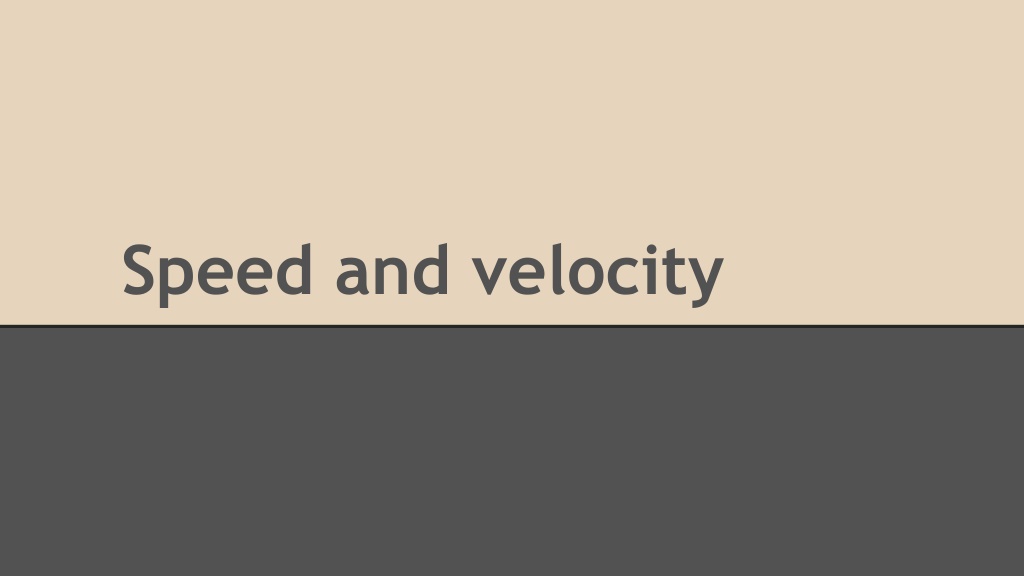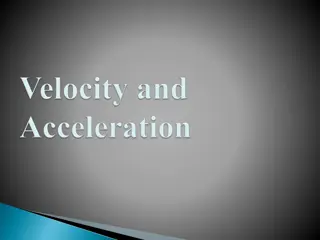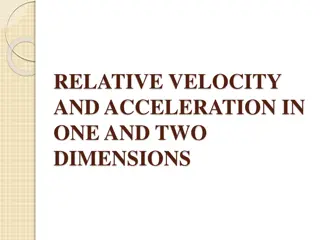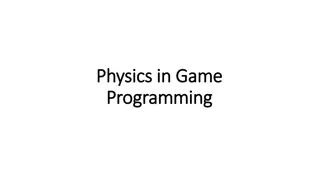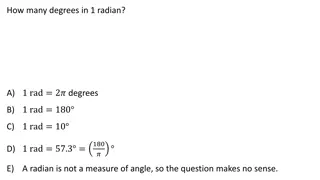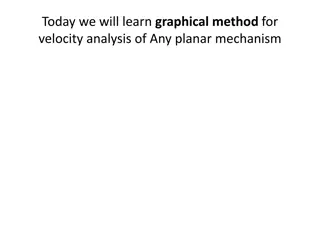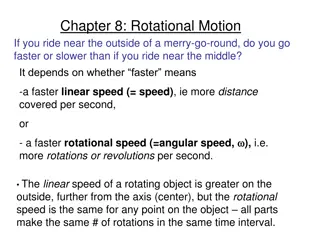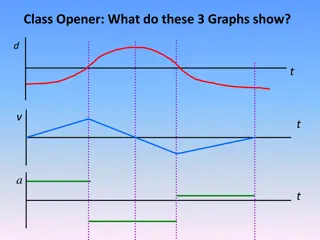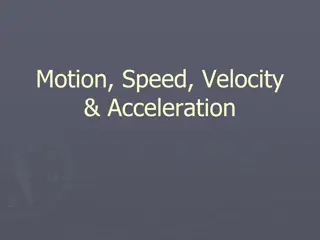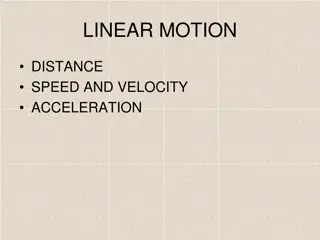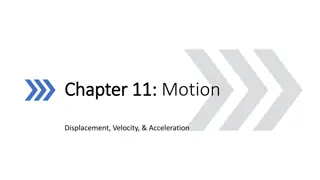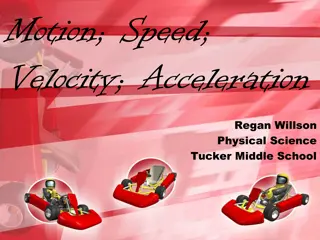Understanding Speed and Velocity in Physics
Speed and velocity are fundamental concepts in physics. Speed is a scalar quantity that can be average or instantaneous, while velocity is a vector quantity that includes direction. Equations such as v=d/t help calculate these values. Average speed and average velocity are important in determining total distance or displacement over time. Examples illustrate how to calculate average speed and velocity for various scenarios, enhancing understanding of motion in physics.
Uploaded on Oct 01, 2024 | 1 Views
Download Presentation

Please find below an Image/Link to download the presentation.
The content on the website is provided AS IS for your information and personal use only. It may not be sold, licensed, or shared on other websites without obtaining consent from the author. Download presentation by click this link. If you encounter any issues during the download, it is possible that the publisher has removed the file from their server.
E N D
Presentation Transcript
Speed and velocity Speed is a scalar quantity and can be an average or instantaneous value. For example - If you drove to Vancouver (approximately 400 km away) in 4 hours your average speed would be 100km/hr. But at any given time your instantaneous speed could be more or less than 100 km/hr.
Equations v = d , where d = change in position (distance) t t = time interval
Example 1 A family travels for 60 miles at 20 miles per hour on a dirt road, and then travels another 60 miles at 60 mph on the pavement in order to get home from a camping trip. What is the average speed for the entire trip? Plan: What do we need to know? What do we need to find first? Would drawing it out help?
To complete this.. We must find the total time taken and the distance travelled for each part of the journey first, then apply the equation.
Example 2 A person travels for two hours at 30 miles per hour on horseback and then travels for one hour at 15 mph. What is the person s average speed?
Average velocity Average velocity is calculated in the same manner as average speed only instead of distance we use the displacement (a vector). t t = time interval v = d , where d = change in position (displacement) average velocity is a vector quantity which means the answer must have a direction associated with it.
Example 3 A car moves due east at 30 km/h for 45 min, turns around, and moves due west at 40 km/h for 60 minutes. What is the average velocity for the entire trip? Plan: in this case it is important to draw out what the car is doing in order to find the total displacement, since it moves in opposite direction.
Example 3 ..the plan from the example: initially: 30 km/h for 45 minutes east. Find displacement 22.5 km[E] then: 40 km/h for 60 minutes west. Find displacement
Vector additions When vector diagrams are used, the vectors (arrows) are placed tip to tail. d = +22.5km + (-40km) Pi d= -17.5 km or 17.5 km [W] Pf
